First time on Salvia forum: please, I need a primer!
melissa_thefarm
17 years ago
Related Stories

COFFEE WITH AN ARCHITECTA Primer on the Language of Design
An architect nobly attempts to educate clients about what certain architectural terms "really" mean
Full Story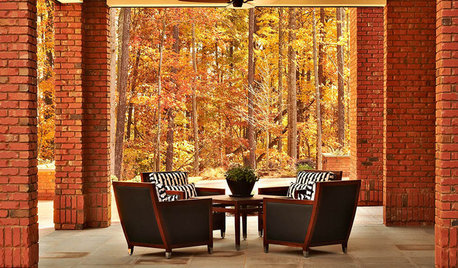
ARCHITECTUREGet a Perfectly Built Home the First Time Around
Yes, you can have a new build you’ll love right off the bat. Consider learning about yourself a bonus
Full Story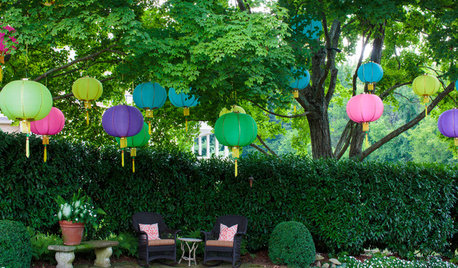
GARDENING AND LANDSCAPINGSpring Party Primer: 20 Ideas for Fabulous Fetes
Roll out the green carpet. On a lawn or in your living room, your spring party will be a hit with these tips and ideas
Full Story
SUMMER GARDENINGHouzz Call: Please Show Us Your Summer Garden!
Share pictures of your home and yard this summer — we’d love to feature them in an upcoming story
Full Story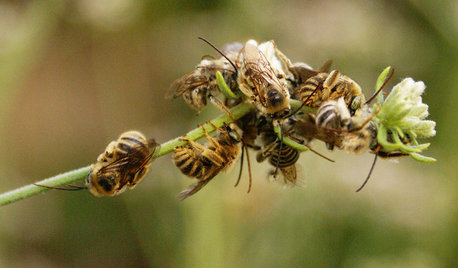
GARDENING GUIDESGreat Design Plant: California Buckwheat Pleases Pollinators
Beneficial insects go wild for this drought-tolerant plant’s summer flowers, while seed heads feed critters foraging in the cold
Full Story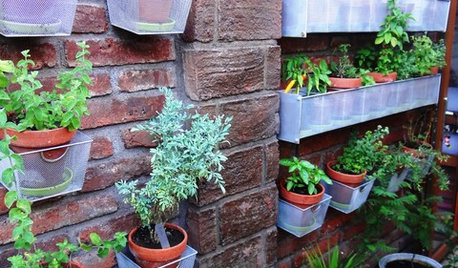
GARDENING GUIDES9 Fresh Herbs for Crowd-Pleasing Thanksgiving Dishes
Pluck these herbs from a windowsill pot or a garden for a Thanksgiving meal that sings with fresh flavor
Full Story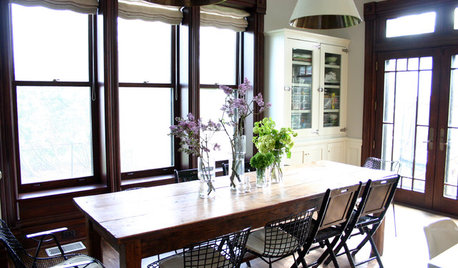
MOST POPULARFirst Things First: How to Prioritize Home Projects
What to do when you’re contemplating home improvements after a move and you don't know where to begin
Full Story
BATHROOM DESIGNUpload of the Day: A Mini Fridge in the Master Bathroom? Yes, Please!
Talk about convenience. Better yet, get it yourself after being inspired by this Texas bath
Full Story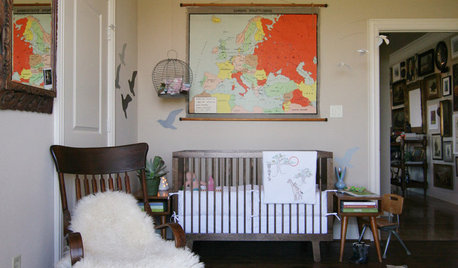
DECORATING GUIDES10 Popular Home Design Trends — Timely or Timeless?
Weigh in on whether these of-the-moment decorating elements will have staying power or become a memory of these times
Full Story
DECORATING GUIDESHow to Remove Wallpaper in 4 Steps
Learn the best way to remove wallpaper with only water (and elbow grease) so your next wall treatment will look great
Full StorySponsored
Zanesville's Most Skilled & Knowledgeable Home Improvement Specialists
More Discussions






wardda
robinmi_gw
Related Professionals
Londonderry Landscape Architects & Landscape Designers · Reading Landscape Architects & Landscape Designers · Allentown Landscape Architects & Landscape Designers · Harrison Landscape Architects & Landscape Designers · Parole Landscape Architects & Landscape Designers · Southfield Landscape Architects & Landscape Designers · Burlington Landscape Contractors · Bergenfield Landscape Contractors · Hollywood Landscape Contractors · Northbridge Landscape Contractors · Snoqualmie Landscape Contractors · Wanaque Landscape Contractors · Goldenrod Landscape Contractors · Littleton Siding & Exteriors · Loveland Siding & Exteriorsmelissa_thefarmOriginal Author
dicot
melissa_thefarmOriginal Author
CA Kate z9
dicot
melissa_thefarmOriginal Author
rich_dufresne